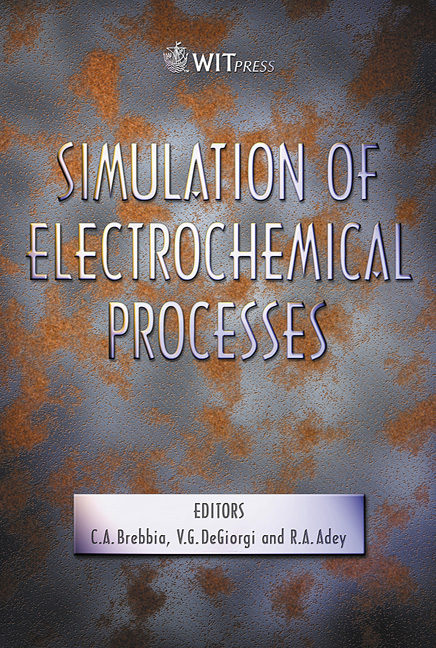Electrochemical Evaluation Of A High Solid Coating In Acid Media
Price
Free (open access)
Transaction
Volume
48
Pages
10
Published
2005
Size
530 kb
Paper DOI
10.2495/ECOR050191
Copyright
WIT Press
Author(s)
M. Bethencourt, F. J. Botana, M. J. Cano, R. M. Osuna & J. M. Sanchez-Amaya
Abstract
In the present work a two-component solvent free amine cured epoxy coating was used to protect carbon steel. The coated metal was immersed in an aggressive acid solution and monitored by means of electrochemical techniques: Electrochemical Impedance Spectroscopy (EIS) and Electrochemical Noise (EN). These techniques were used to evaluate the coating degradation evolution. The values of the pore resistance Rpo, the impedance at 0.1 Hz (calculated by means of both EIS and EN), and noise resistance (Rn) were the main parameters calculated with the aim of monitoring the evolution of the system along the immersion time. An excellent correlation among the EIS and EN data was found. Keywords: EIS, ENM, coating, carbon steel, degradation, acidic media. 1 Introduction Increasing the percentage of solids in conventional solventborne paints has represented one of the first attempts to decrease the volatile organic compounds (VOC) content of a coating formulation and comply with increasingly stringent environmental requirements [1]. Traditional high solid coatings use less paint to achieve the same thickness obtained with other conventional formulations. This results in the volatilization of less solvent into the environment. By definition, a high solids coating typically contains greater than 60% solids by weigh or 80% solids by volume [2]. This technology solution is currently accepted by the automotive, aerospace, and marine industries for use in a variety of formulations. The major advantage associated with the use of this kind of coatings is that the same equipment can be used to apply new high solids and conventional solventborne paints. On the contrary, the major disadvantage with
Keywords
EIS, ENM, coating, carbon steel, degradation, acidic media.





